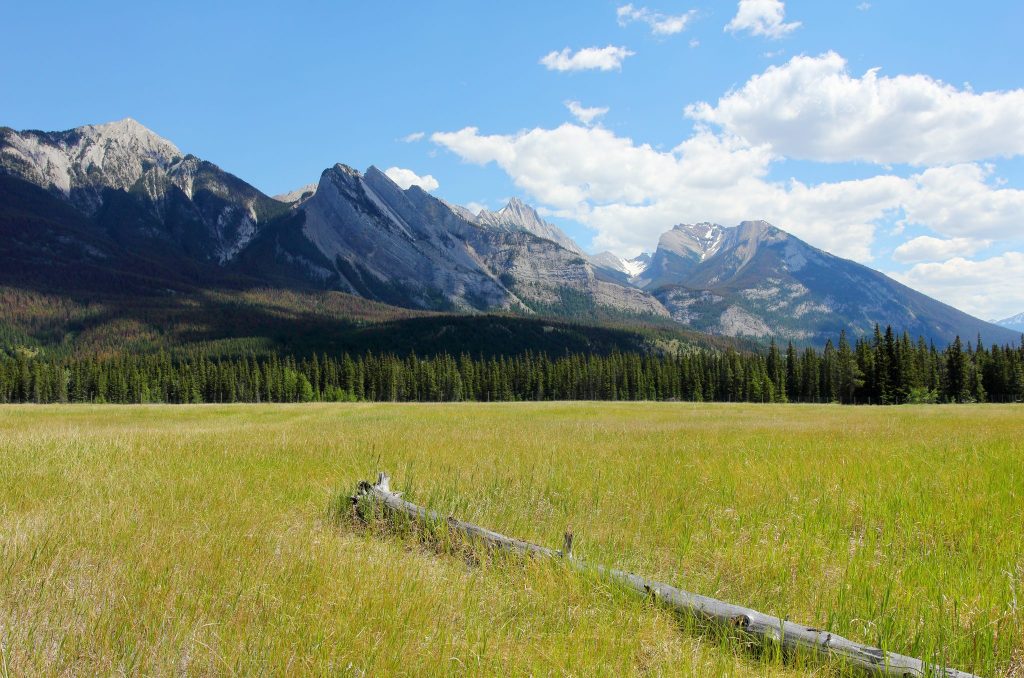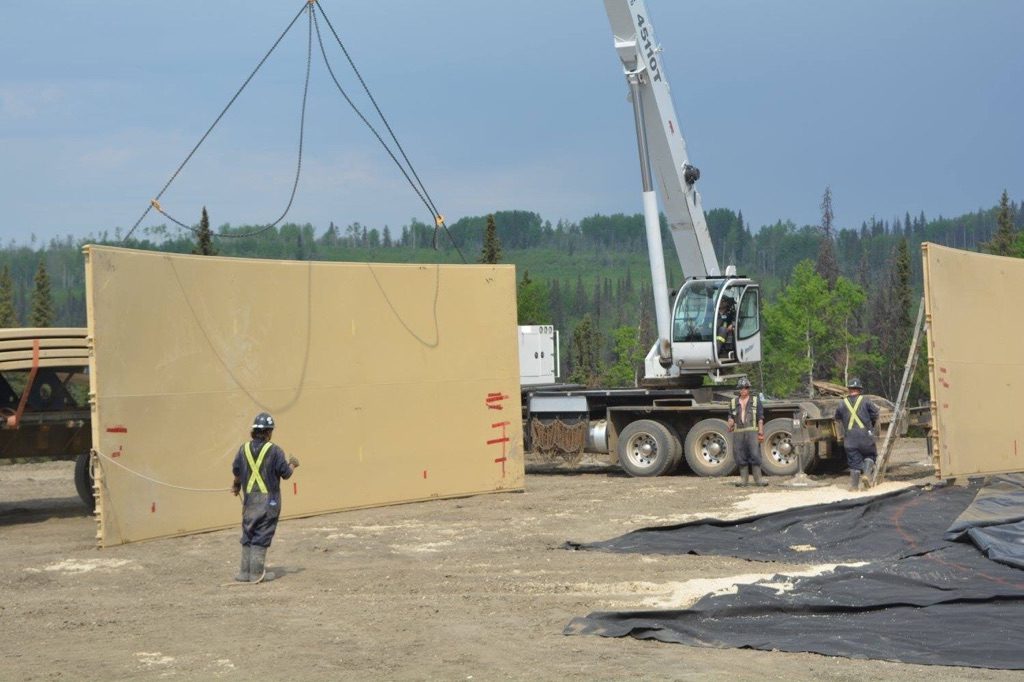After a project has concluded, the (often leased) land is in a state that makes it unsuitable for agriculture or development. To facilitate the natural processes that will revitalize and restore the land, we have to take part in removing inhibitors and contaminants that are present in the soil and water. To this end, there is a set procedure that most, if not all, oil and gas projects abide by in the overall land reclamation process.
- Planning
- Decommissioning
- Remediation
- Land Reclamation
- Site Assessments
These steps are standardized, and follow provincial and national regulations to ensure the land is safe for future use.
Planning for Land Reclamation
From the outset, energy projects are expected to have a plan in place for the eventual suspension and abandonment of the site. Each project should maintain a living document that outlines the extent of their work on the land, and the necessary steps to restore it. Lease agreements will dictate how the land will be used and eventually returned to the landowner.

A recent Supreme Court of Canada ruling decided that energy companies will need to remediate their sites before paying back lenders, elevating the importance of maintaining these plans from the beginning of a project. GNB can aid in the planning of eventual remediation, and we encourage companies to get in touch early in the project’s planning process to save on the cost of future work.
Decommission Energy Sites
Depending on the type of project, decommissioning may involve several different steps. For LNG projects, tear down of C-Rings or other site construction can be completed by GNB. The first step in the actual remediation process, decommissioning requires attention to safety and experience with various forms of equipment, buildings, piping, piles, and structures to be performed correctly.

Remediating Land
The governments of BC and Alberta require that energy companies identify and cleanup contamination in sites to minimize negative health and environmental impacts. Our work takes us across both provinces, and beyond, removing dirty dirt and decontaminating both water and soil. GNB comes prepared with a fleet of vehicles, equipment, and staff to perform and oversee the operation from beginning to end.
Reclamation of Land for Energy Use
Adhering to the EPEA in Alberta, and the standards of the BC provincial government, energy-use land sites must meet a series of requirements.
Companies have a duty to:
- reduce land disturbance;
- clean up contamination (known as remediation);
- salvage, store, and replace soil; and
- revegetate the area
From the Alberta Energy Regulator (AER) website
Once these requirements have been met, companies may apply for a reclamation certificate, thus concluding the process of reclamation.

